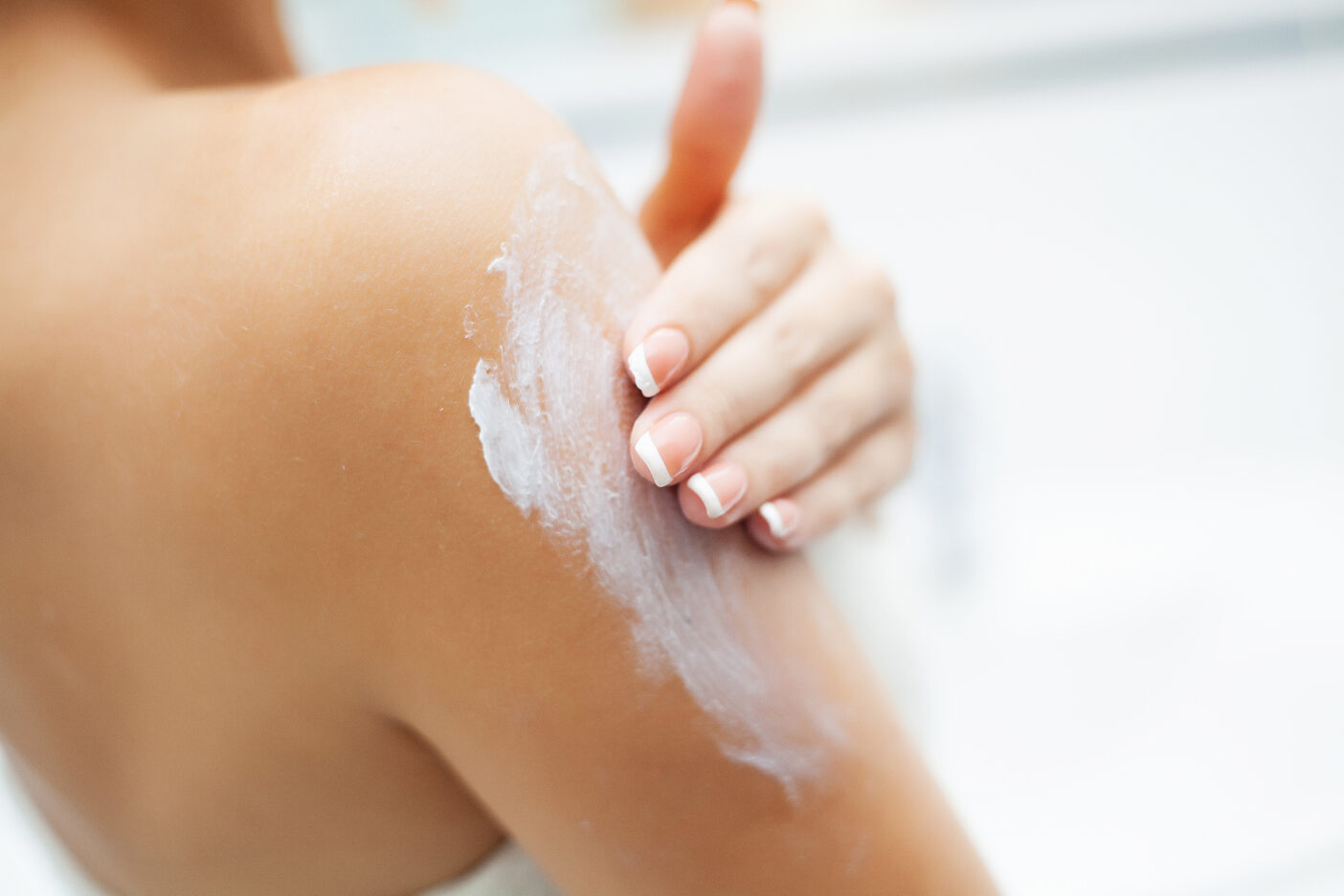The white residue of creams: causes, problems and solutions

The white residue, often described as an annoying white film on the skin when applying certain creams, can be an aesthetic problem for many cosmetic users. This phenomenon is common and can affect the experience of otherwise excellent skin care products. In this blog post, we will explore why this effect occurs, why it can be problematic and how it can be avoided in the formulation of creams.
Causes of the white residue
The white residue occurs when creams or lotions are applied to the skin and leave a visible white film that is sometimes difficult to rub in. The main cause of this phenomenon lies in the composition of the emulsion. In particular, emulsifiers, which are used to stabilise the cream, play a crucial role. If too many emulsifier molecules are used and they are not sufficiently combined with oil droplets in the emulsion, they can instead enclose air bubbles, which then become visible as a white film.
Why is this a problem?
Although the white residue does not affect the effectiveness of a cream, many consumers find it annoying. A visible white film can give the impression that the cream is not being fully absorbed and is “sticking” to the skin. This can be particularly problematic with tinted or self-tanning products, as it can lead to uneven colour distribution.
Approaches to the white residue
One of the most effective methods of avoiding the white residue is to adjust the formulation of the creams. Reducing the amount of emulsifiers and selecting suitable co-emulsifiers that have a lower HLB (hydrophilic-lipophilic balance) value can minimise foaming. Additionally, checking the size of the oil droplets in the emulsion can help; smaller droplets provide a larger surface area for emulsifiers, which reduces the likelihood of free emulsifiers causing the white residue.
Summary
Although the white residue is not in itself an indicator of poor product quality, we cosmetic formulators strive to eliminate it in order to improve the user-friendliness of our creams. By carefully adjusting the emulsifiers and their concentration, formulators can develop products that remain clear and without residue on the skin. Cosmacon GmbH can use such optimised formulations to strengthen their brand and increase customer satisfaction. Users should be aware that a white residue is not a sign of poor efficacy, but they can choose options that are specifically designed to avoid this phenomenon when selecting their skin care products.
Please contact us and we will optimise your formulation
Literature:
https://www.rahn-group.com/de/cosmetics/news-page/die-neue-ausgabe-cosmetopolitan-ist-da/